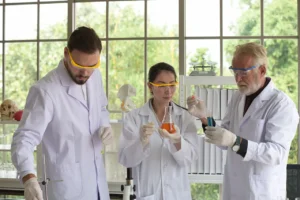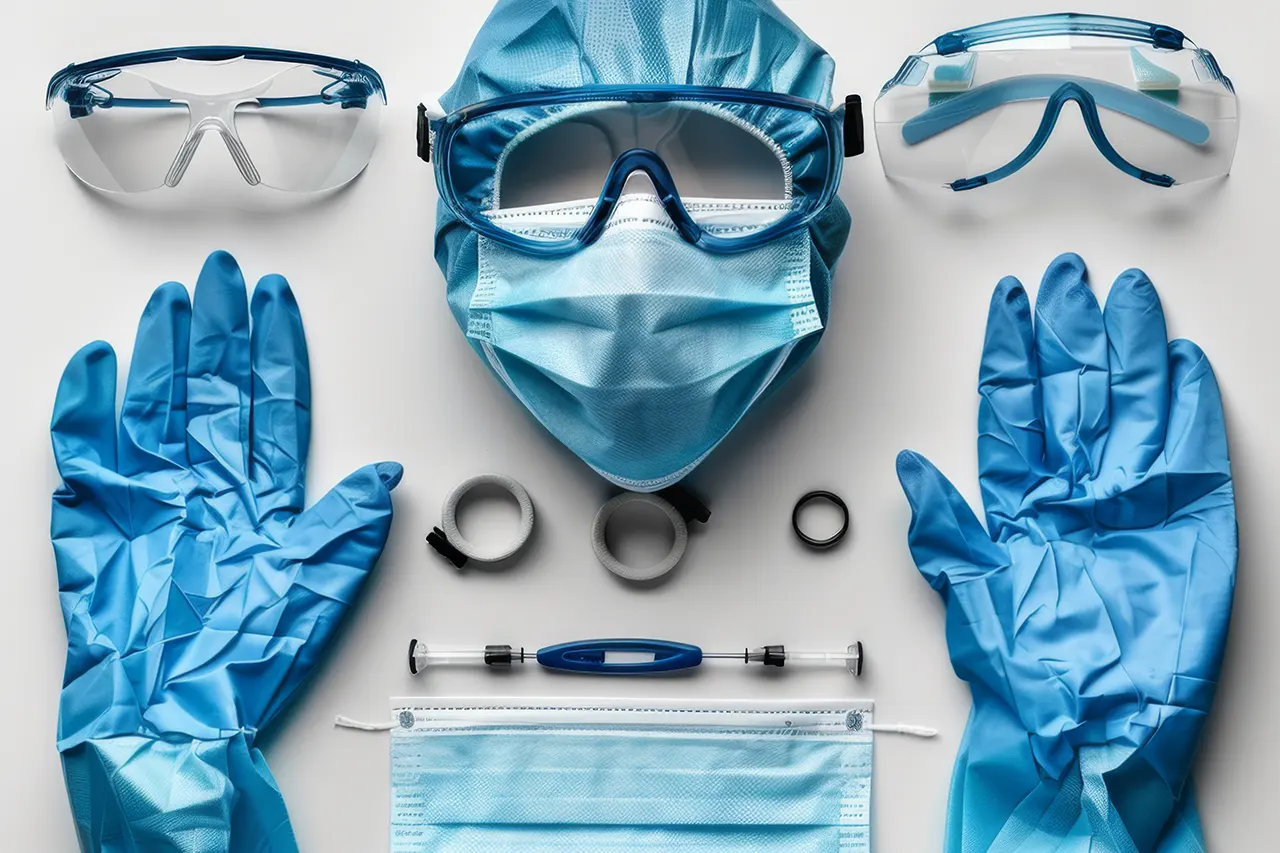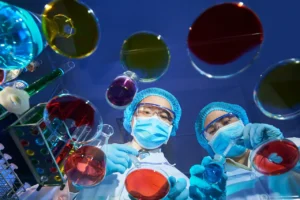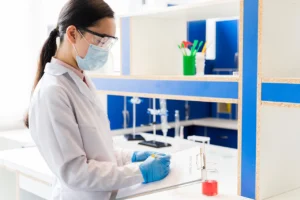
In-Depth: Why Merck, Germany Chemicals Are Trusted in Labs Worldwide
In the scientific community, a brand name is synonymous with quality and reliability. This article explores why “Merck” is the name researchers around the world trust.

“Safety First” is the first and most important golden rule of working in a science laboratory. Because the lab is a place full of risks that may not be seen, ranging from contact with hazardous chemicals, splashing of hot liquids, toxic vapors, to unexpected accidents. Prevention is always better than cure. And the first line of strongest defense is to have and use. Laboratory Safety Equipment Appropriate and standardized
Here are 5 safety devices that are considered basic necessities that every laboratory must have to create a safe working environment for all personnel.
1. Eye Protection The eyes are extremely delicate and sensitive organs. Even a single splash of chemicals can cause permanent vision loss. Therefore, wearing eye protection is “mandatory” at all times while in the lab.
2. Lab Coat The clothes you wear from home will not protect you from chemical hazards. A lab coat acts as a first line of defense, protecting your skin and personal clothing from chemical spills. Choose a lab coat made of cotton or a chemical-resistant, flame-retardant material, with long sleeves and all buttons fastened for maximum protection. It is also important to remove it before leaving the lab area to prevent external contamination.
3. Chemical Resistant Gloves 3. Chemical Resistant Gloves Hands are the part of the body that is most likely to come into direct contact with chemicals. However, there is not just one type of glove that can be used in every situation. Different glove materials have different chemical protection capabilities, such as:
4. Fume Hood This is a critical piece of engineering safety equipment used when working with toxic, corrosive, or volatile and flammable chemicals. Fume hoods draw hazardous chemical vapors away from the user's work area and release them safely to the outside of the building, reducing the risk of direct inhalation of harmful vapors. Proper use of a fume hood, such as keeping the sash at the proper level, is key to preventing this.
5. Emergency equipment: Eyewash and shower 5. Emergency equipment: Eyewash and shower (Emergency No matter how well protected, accidents can still happen. Eyewash and safety shower are the last line of defense to help reduce the severity of injuries. Eyewash & Safety Shower)
Summary Laboratory safety is a shared responsibility of everyone. Investing in quality safety equipment is an investment in the well-being of our most valuable resource, our people. MIT Trade We recognise this importance and offer a wide range of laboratory safety equipment, from personal PPE to lab equipment. Contact us for a consultation.

In the scientific community, a brand name is synonymous with quality and reliability. This article explores why “Merck” is the name researchers around the world trust.

Cultivation of microorganisms is the heart of microbiology, and culture media is a key factor. This article will introduce you to the types of culture media.

Storing chemicals isn’t just about finding a place to put them, it’s about safety. This article is a guide to helping you store chemicals in your lab properly.
เว็บไซต์ mit-trade.com มีการใช้งานเทคโนโลยีคุกกี้ หรือ เทคโนโลยีอื่นที่มีลักษณะใกล้เคียงกันกับคุกกี้ บนเว็บไซต์ของเรา โปรดศึกษา นโยบายการใช้คุกกี้ และ นโยบายความเป็นส่วนตัวของข้อมูล ก่อนใช้บริการเว็บไซต์ ได้ที่ลิงค์ด้านล่าง